
As soon as we beamed our product down to customers we were on a race. A race to grow from nothing to something.
Starting at $0 is painful. We knew we'd have to work incredibly hard to get anything and figuring out how to grow is just part of the journey.
When we first released HelpDocs back in June, we were as clueless as everyone else when they get started.
Our first experiment—putting money into Adwords.
I'm still surprised that we were able to get our first 2 paying customers within the month. Not a bad start, but a lucky one at that. We knew this wouldn't become a trend.
2 paying customers is great, but we had to figure out how to get to 5, 20, heck, 100.
Despite not taking any venture capital money, there’s still an underlying pressure to grow as fast as you can.
One tactic we’ve found incredibly useful is partnering with other companies. By integrating into other, further along startups, we can leverage their audience and provide value for our customers.

Thanks in part to these integrations and building connections, we’ve grown a whopping 66% this month. In February alone, 20% of our conversions were due to these partnerships—the rest was organic.
The Trouble with Starting at $0
For an early-stage software as a service company (SaaS) it’s tough to get organic interest. You haven’t got much to go on.
You’ve got no brand and no trust. You’ve nothing more than a minimum viable product. No paying customers means no dependable feedback. Your network is pretty dry.
What exactly will people pay for? How can I get people to enter their credit card details?
We were in this position. Standalone knowledge bases weren’t a crowded market when we started, but it seemed as soon as we launched others jumped on the KB train.
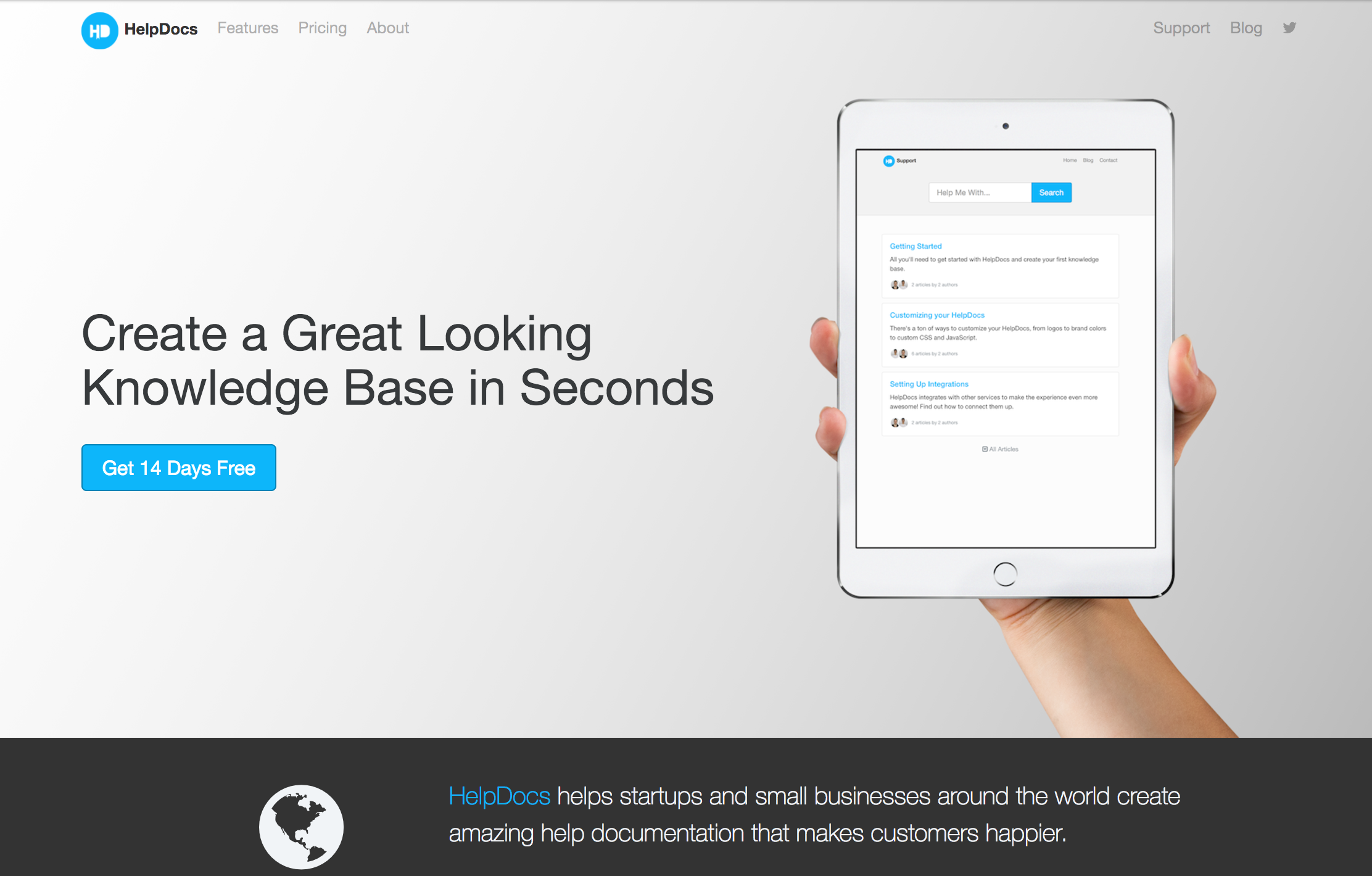
This meant extra competition. We needed a product that was better than the rest. I think we’re beating the competition (we just launched our take on multilingual KB’s), but it sure has take a lot of time and effort.
I’m a big fan of the team at StatusPage (which recently got acquired by Altassian). After scanning through their blog, I came across a few posts about their growth. In one, they mentioned that integrations helped them along the way.
So we decided to give integrations a try. Ads were getting expensive, and we didn’t have the resources to keep ploughing money into them.
Besides, a knowledge base is only truly great when it fits into a startup’s workflow.
Choosing Who to Integrate With
We’d decided to focus on integrations, but who would we integrate with? They had to fit the following criteria:
- Needed to be a tool we’d used or would consider using ourselves
- Made sense for our customers to integrate them into their help documentation
- Service had a flexible API that’s well documented
- They did their best to promote their integrations to customers
- Had nice teams and non-conflicting products
Ok, so there were quite a few criteria. I guess we’re a little picky. 🤷♂️
Another thing we needed to consider was whether we’d want to put in the work to create it and maintain it. Things break and change, so we needed to make sure it was worth doing.
After considering all the work that had to go into these partnerships, we decided to go ahead. After looking at a number of services, we went full steam ahead with Doorbell, Front & Drift integrations.
We were customers of all these products, at least at some point. This made things a lot easier because we understood the need and use. They also made sense to include for our customers.
With Doorbell, we’d make it a breeze to add a feedback widget to docs.
With Drift, we integrated at an great time when they’d just released their Driftbot feature. This meant Drift customers could quickly install a widget and have a bot come up with article suggestions automatically.
Front’s all about email, so we created a neat plugin for their sidebar. It’s quick to search and insert links to your docs—great if you’re using it for customer support or team collaboration.
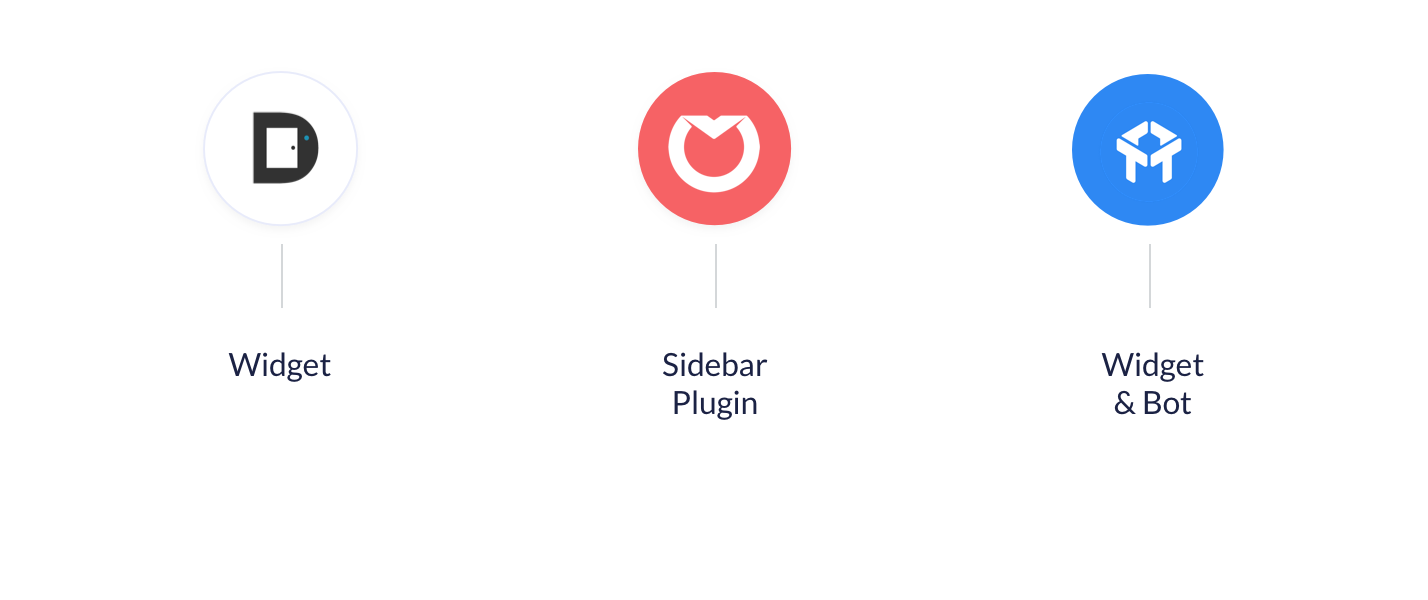
Getting the Ball Rolling
So we knew who we wanted to partner with, but how did we go about getting it done?
Well, it's pretty obvious. Just get in touch—via their live chat or by email. Pushing for integrations with startups makes the process a lot easier.
We found being a customer of theirs helped. It showed we'd already invested time and money into their platform and we understood their value proposition.
Make sure to avoid any contracts—you don't want to sign something that requires you to hand over money or fulfill a certain amount. It's not worth the extra hassle, not at this early stage anyway.
Once you've got a reply, try to get on a call. It's always helpful to have a conversation about the integration and what's possible with their API. You don't have to play email tennis getting your questions answered.
After we developed and released our integrations, Drift wrote about our Product Hunt launch and we were featured in their product update. An awesome boost to our traffic.
Front kindly featured us on their awesome integration page and we've been getting a steady stream of customers from them. HelpDocs seems to go down very well with Front customers.
Deciding What to Integrate With Next
Since then, we've added an array of integrations including Smooch, StatusPage, Segment and very recently, Slack.
Our customers love them because they enhance their knowledge base and they fit into their existing workflows.
If you're wondering where to start, here's a list of companies who are great at promoting their integrations:
Front
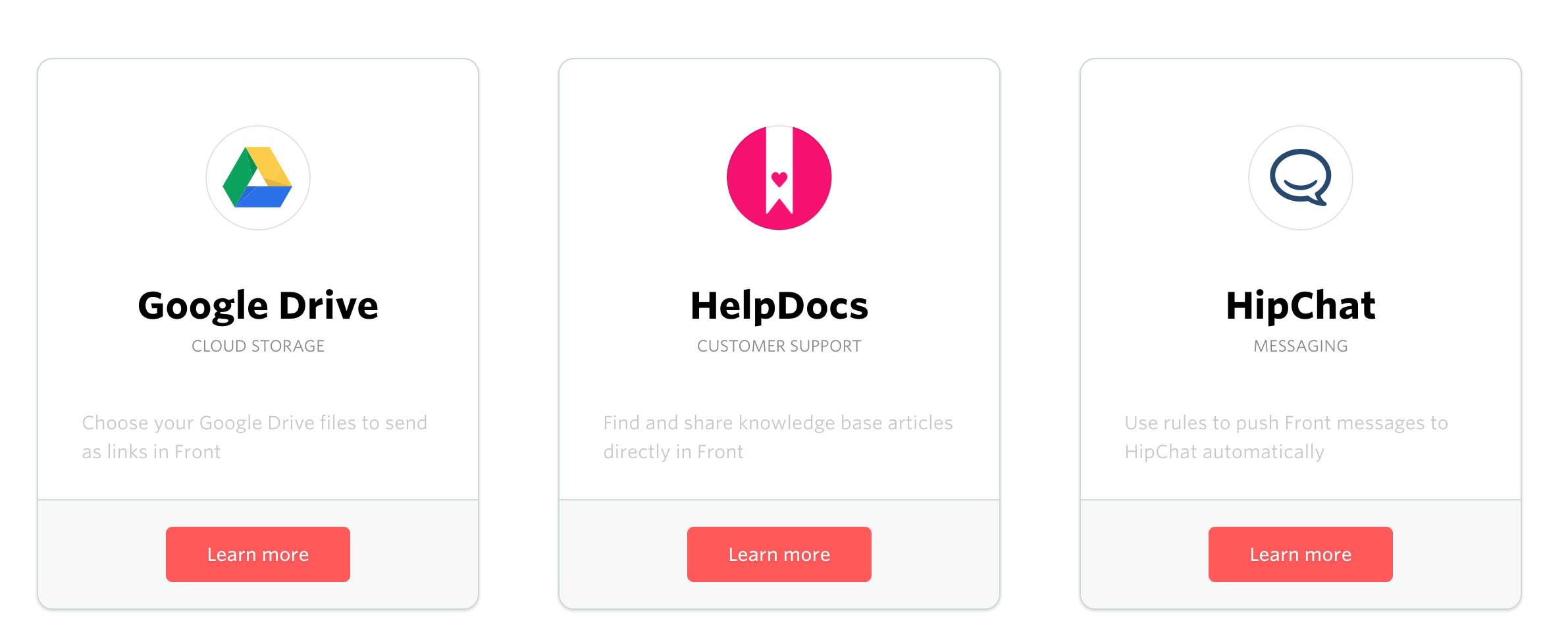
They not only have a swanky integrations page, but the way you set up your plugin is super simple. Worth seeing how you can develop something for their platform.
Slack
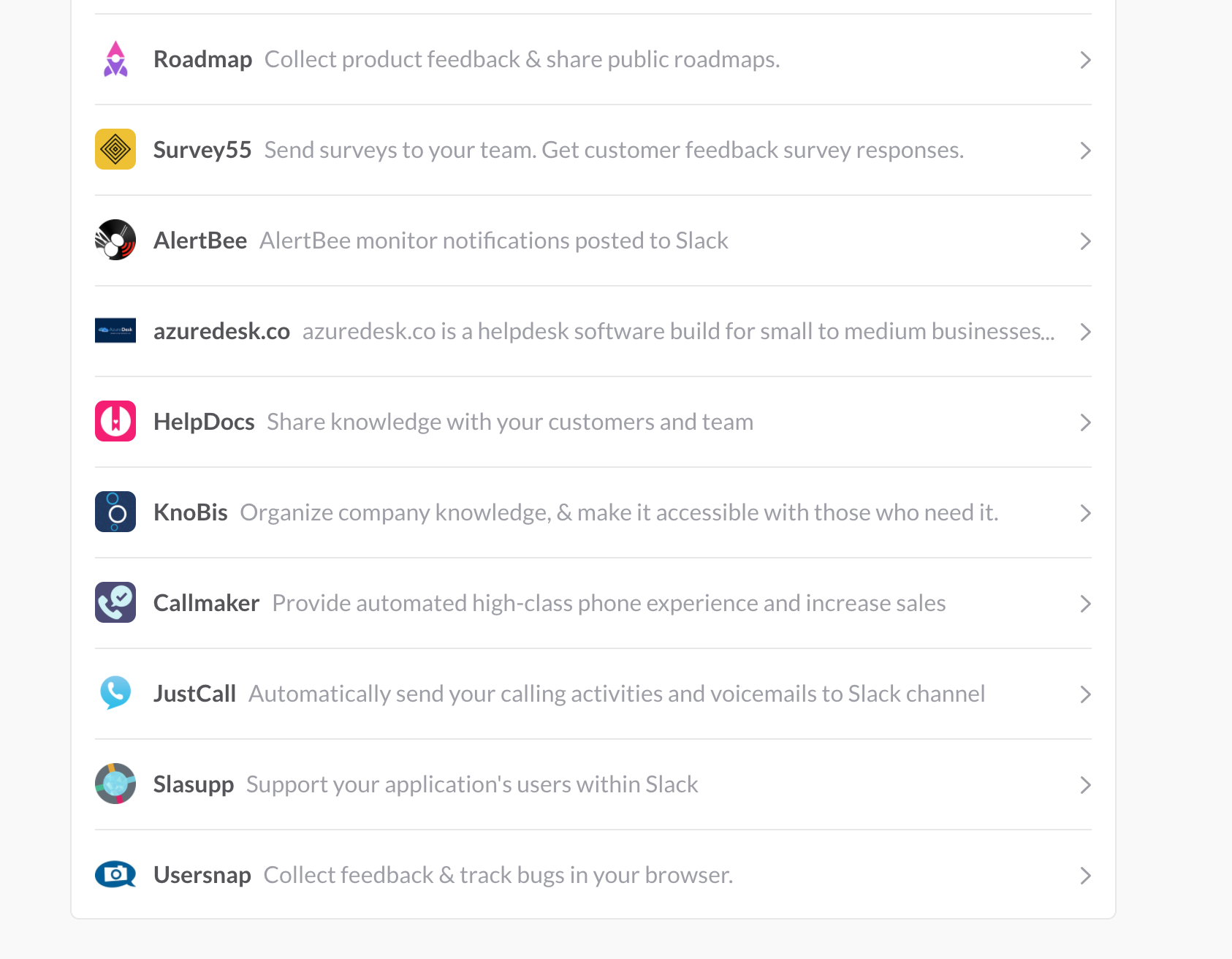
Slack have over 4 million daily active users, which is why their app store is a great place to be. We just launched ours and we're already seeing results.
Stripe
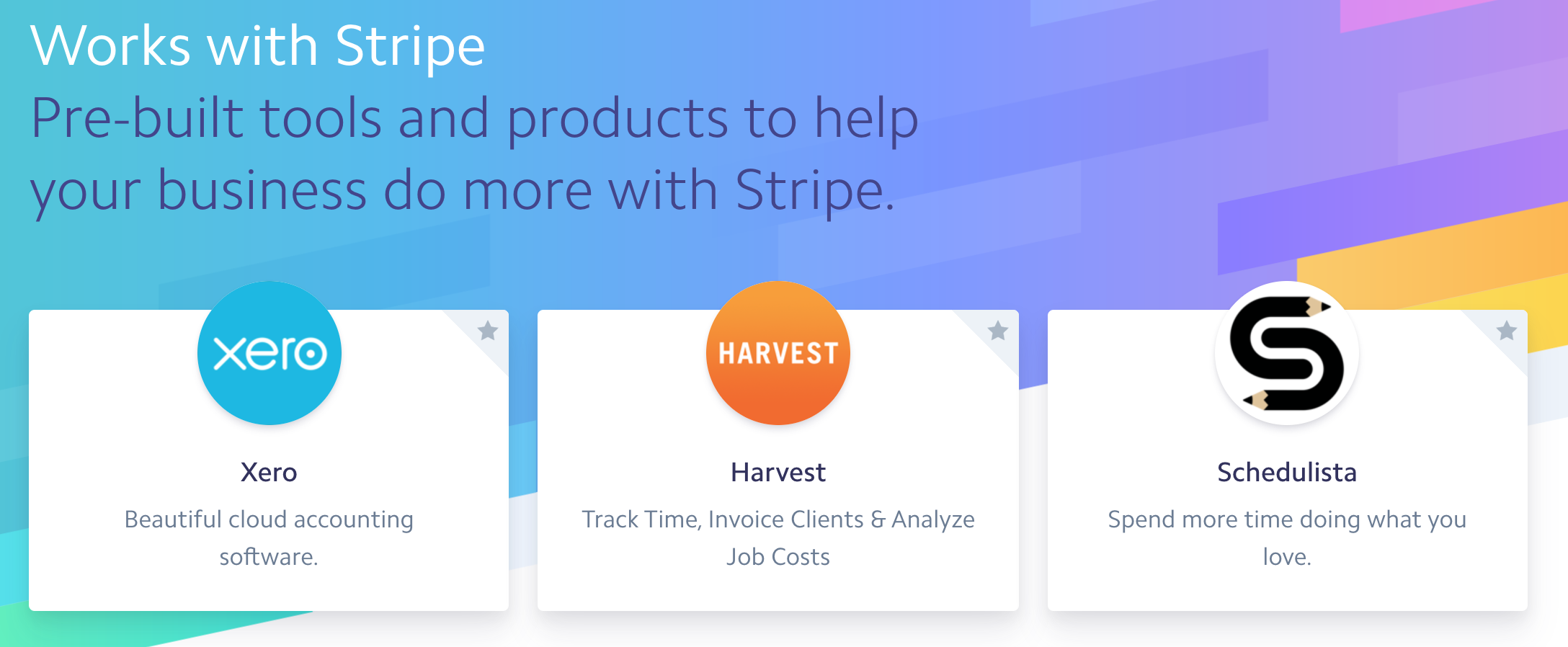
If you integrate with Stripe, the payment processor, then you could benefit from being on their works-with list. With a fantastic API, it's really easy to get started.
Smooch
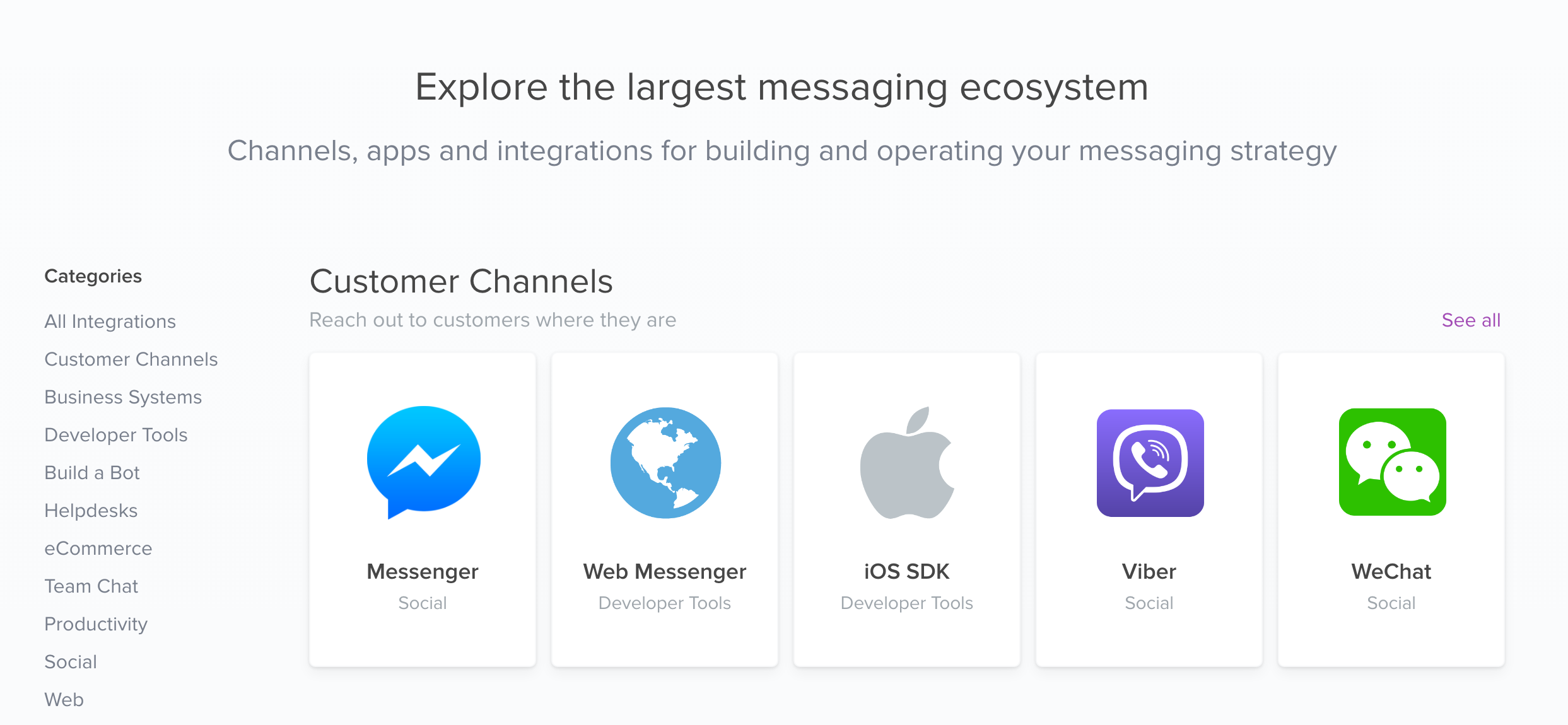
Smooch make chat software for developers and businesses. With such a flexible API, you can build pretty much anything on top of their chat platform. They have an app store which is worth a look.
With so many opportunities to reach new audiences, integrations are a great way to build up trust and revenue at an early stage.
While we had to put in time and effort into build for other platforms, it's been well worth it. Our integration customers have been the most successful, by far.